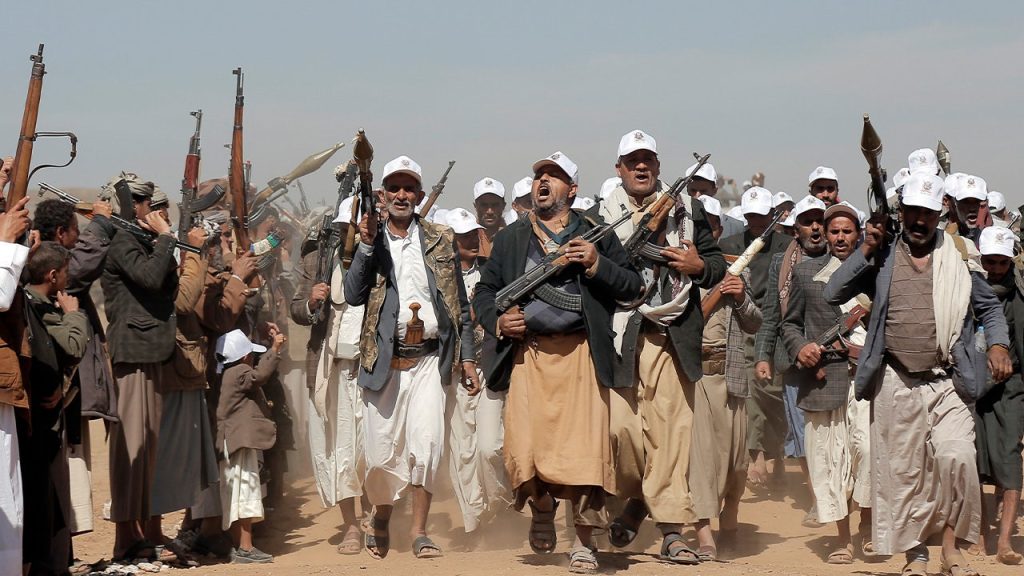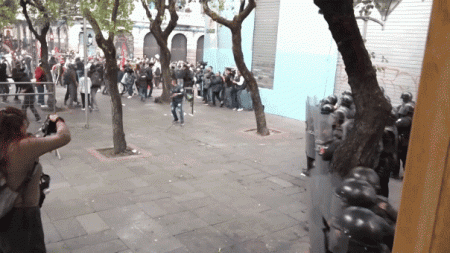World leaders are facing the troubling prospect of a regional war in the Middle East as Islamic extremist groups, backed by state-sponsored terrorism, come back into the spotlight. The Houthi terrorist group has been a long-standing threat in the Red Sea due to its attacks on military and merchant ships. Following a deadly assault by Hamas terrorists on Israel in October, Houthi attacks in the Red Sea have increased significantly. The group has vowed to continue its operations until Israel stops its attacks on Hamas and the Palestinian people. These strikes are not only driven by opposition to the war in Gaza but also serve as part of a geopolitical tactic by Iran and Russia.
Reports suggest that Iran sees the Houthis in the Red Sea as a key player in its strategy to put pressure on Israel. Additionally, these attacks are aiding Russia in its war against Ukraine and indirectly targeting the U.S. and NATO. There are concerns that Russia may be looking to arm the Houthi terrorists in retaliation for U.S. support of Ukraine. While U.S. defense officials do not believe arms have been transferred yet, there are indications that Russia may be working through Tehran to support the Houthis. These attacks not only threaten lives at sea but also contribute to global food and trade shortages, exacerbating food insecurity worldwide, particularly in Africa.
Analysts warn that Russia is seeking to increase costs for the U.S. in supporting Ukraine by creating conflicts in other regions, such as the Middle East. The U.S. and Russia seem to be heading towards a return to a Cold War-like state, with conflicts emerging in different theaters where both countries have interests. Russia’s partnership with Iran, which involves supplying drones, has been a key aspect of their collaboration in countering Western sanctions. The ongoing attacks by the Houthis in the Red Sea highlight how both Iran and Russia are using the group for their geopolitical goals.
The Houthi terrorists based in Yemen have carried out numerous attacks in the Red Sea, targeting merchant and military ships as well as strikes against Israel. Despite increased U.S. presence in the region, there are concerns about the effectiveness of current military operations in the area. The head of the U.S. Central Command has reportedly advised a broader approach to address the escalating situation. Analysts believe that targeting the root of the problem – the Iranian support for the Houthis – is crucial in addressing the ongoing attacks in the Red Sea. Iran, they argue, has not faced consequences for its actions, allowing the Houthis to continue fighting without impacting Iranian interests significantly.
As the attacks by the Houthis in the Red Sea continue, it is becoming increasingly clear how the militant group is being used by Iran and Russia to advance their geopolitical interests. The risk of a regional war in the Middle East is heightening as these two major powers support the Houthi terrorists. The international community, particularly the U.S. and its allies, will need to address the root causes of the conflict and take a comprehensive approach to prevent further escalation. The situation in the Red Sea underscores the complex geopolitical dynamics at play in the region and the need for coordinated efforts to address the growing threats posed by state-sponsored terrorism.













